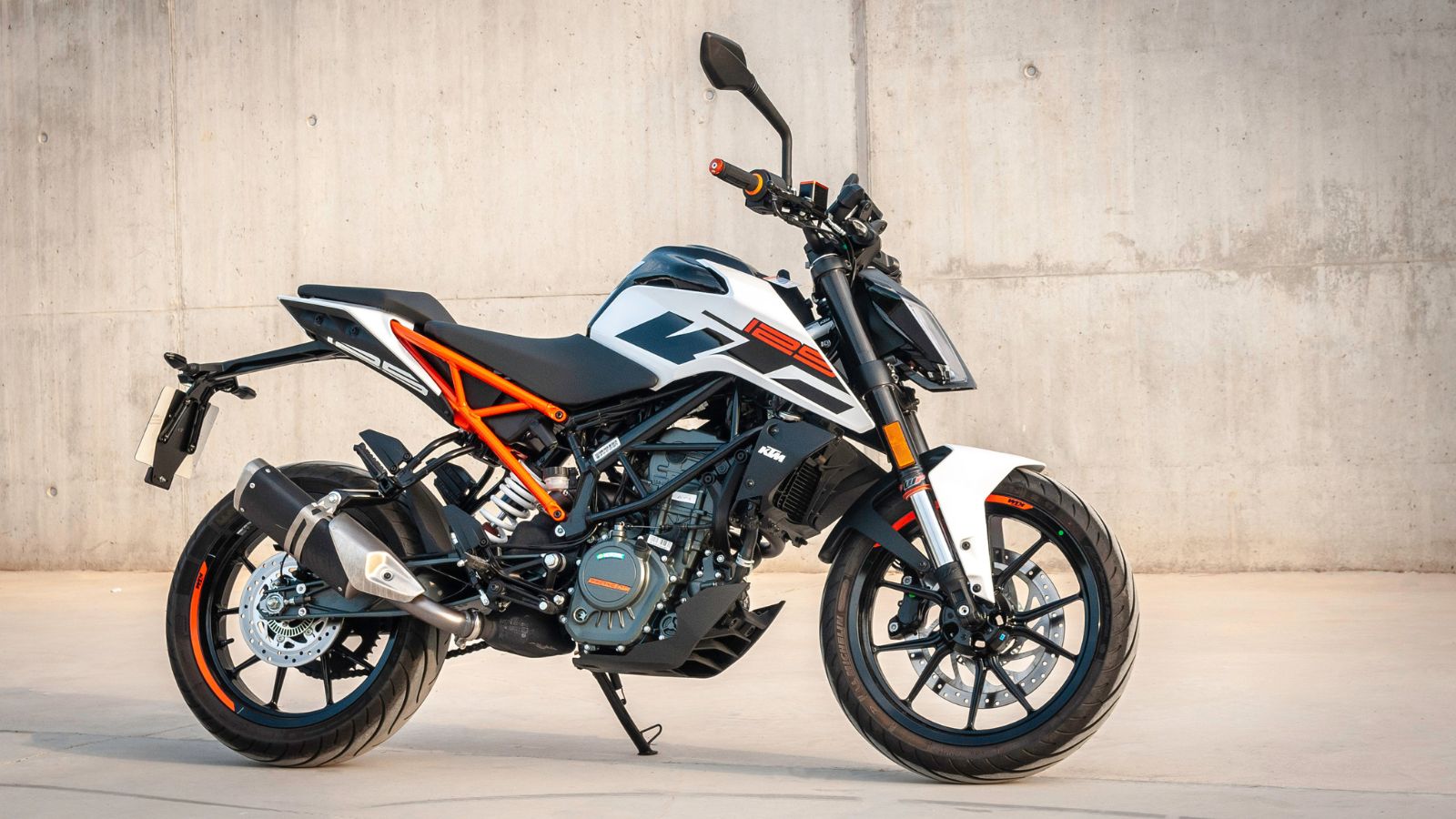Motorcycles offer speed, freedom, a sense of adventure, and perhaps even a slice of danger. For those with the bug, there’s nothing like cruising down the open road. It’s Easy Rider, The Motorcycle Diaries, and The Bikeriders all rolled into one. However, it does come with significant risks. Motorcycles lack many of the protective elements we associate with cars, but fortunately, advances in smart technology are dramatically improving motorcycle safety. From AI-driven collision detection to connected helmets, it’s never been safer on two wheels.
Legal And Technological Protections For Riders
First things first. Despite the great strides in safety technology, accidents still occur. Motorcyclists remain vulnerable due to reckless drivers, poor road conditions, or even mechanical failures. If you are involved in an accident, whether it was your fault or not, having a specialist motorcycle accident lawyer makes a huge difference. They can help ensure you secure the right level of compensation for medical bills, lost wages, and vehicle damage. Easy Rider is all well and good, but just make sure you have your own Lincoln Lawyer on hand when things go wrong.
Ai-Powered Collision Avoidance Systems
Perhaps the most significant advancement in motorcycle safety has been the introduction of AI-driven collision avoidance. Radar and sensor-based systems can analyze traffic patterns, detect potential threats, and alert riders before an accident occurs. The most advanced models can even integrate with adaptive cruise control, automatically adjusting speed to maintain safe distances from other vehicles. It’s a game-changer. This drastically reduces reaction times while supercharging situational awareness.

Smart Helmets And Augmented Reality Displays
Helmets were once simply there to stop your head from caving in when it hit the road, but not anymore. These days, helmets are next-generation intelligent safety hubs that might include heads-up displays (HUDs), rear-view cameras, and built-in GPS navigation, meaning drivers don’t even need to take their eyes off the road to gather information from around them. And it gets even more impressive. Augmented reality overlays can highlight potential hazards, display turn-by-turn directions, and even provide real-time traffic updates. Now, a helmet protects your head and gives you a wealth of information in a fraction of a second.
Vehicle-To-Vehicle Communication
Vehicle-to-vehicle communication is where things start to feel a little Star Trek. Vehicles can exchange data in real-time to prevent collisions. For example, a car’s system can detect an approaching motorcycle in its blind spot and send an instant warning to both the driver and the rider. This kind of safety technology can drastically reduce intersection crashes and lane-change accidents, two of the most common causes of motorcycle-related injuries. A whole new world beckons.

The Road Ahead For Motorcycle Tech
Motorcyclists have long been among the most in-danger road users thanks to the almost complete absence of safety features. It was once a case of getting a good helmet, the right kind of leather, and then simply hoping for the best. But times have changed. As technology advances, motorcycle safety will continue to improve rapidly. More intelligent systems, better communications, and AI-driven software will revolutionize the concept of riding a motorcycle. It’s still Easy Rider, but it’s a much, much safer Rider too.


























































